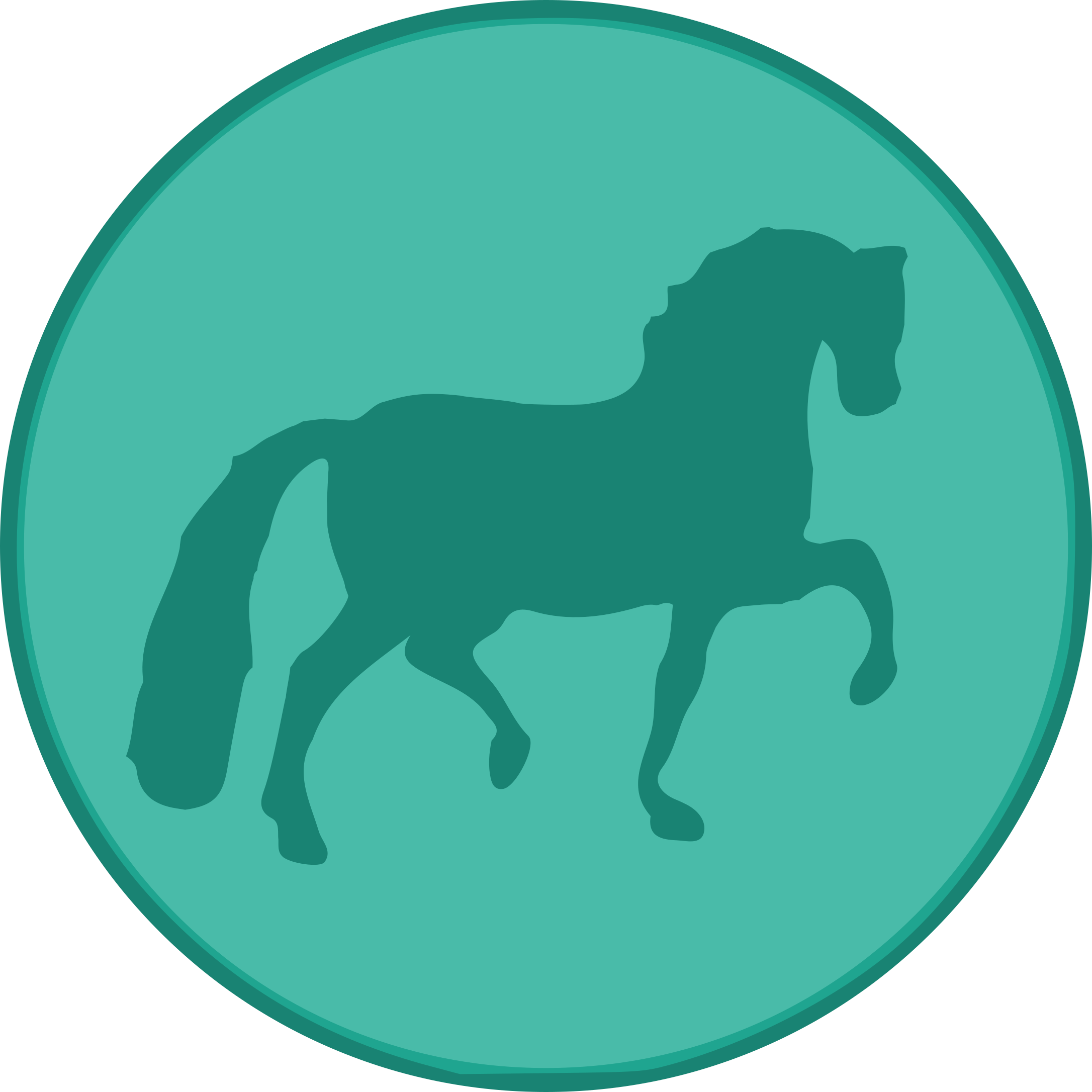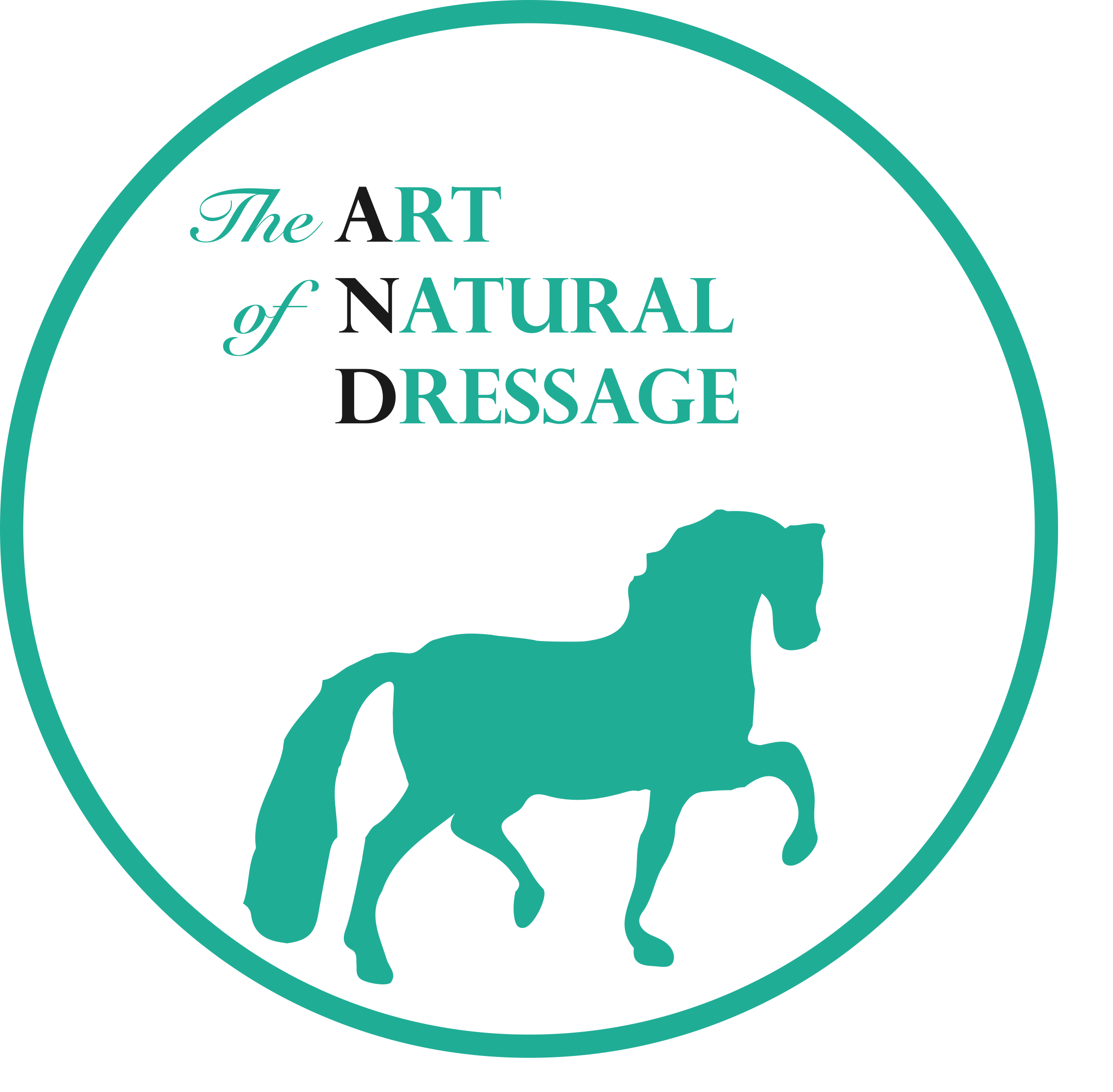This topic outlines the Spanish Walk and Polka, both of which involve lifting and extending the front legs rhythmically while walking.
Differences Between the Movements
• Polka – The horse lifts a front leg every two walk steps, alternating between left and right.
• Spanish Walk – The horse lifts and extends a front leg with every step.
Training Steps
1. Teach the Jambette First – The horse learns to lift and extend the front leg on cue.
2. Integrate Movement
• Ask for a leg lift just before halting to associate the motion with walking.
• Progress to lifting a leg and then immediately stepping forward.
3. Gradually Increase Consistency
• Reduce the number of walk steps between lifts to transition from Polka to Spanish Walk.
• Encourage diagonal coordination (hind legs stepping in sync with front legs).
Common Challenges and Adjustments
• Stomping Instead of Extending – Encouraging softer, longer holds on the lift corrects this.
• Uneven Leg Height – Horses often favor one side; stretching and lateral work help balance.
• Timing Issues – Some horses struggle to diagonalize movement; using shoulder-in as a transition can help.
Key Insights
• Spanish Walk should be a four-beat movement, with active hind engagement.
• Teaching the Polka first helps balance and rhythm. • Patience and controlled progression lead to better form.

